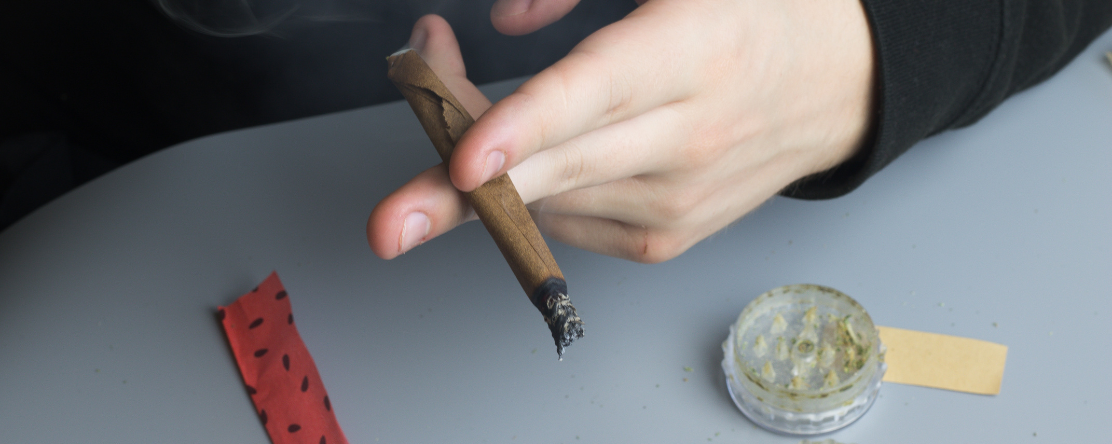
Adolescent Use and Co-Use of Tobacco and Cannabis in California: The Roles of Local Policy and Density of Tobacco, Vape and Cannabis Retailers Around Schools
- Alisa A. Padon, Georgiana Bostean, Anton M. Palma, Erik Linstead, Joni Ricks-Oddie, Jason A. Douglas, Jennifer B. Unger

Adolescent tobacco use (particularly vaping) and co-use of cannabis and tobacco have increased, leading some jurisdictions to implement policies intended to reduce youth access to these products; however, their impacts remain unclear. This study “Adolescent use and co-use of tobacco and cannabis in California: The roles of local policy and density of tobacco, vape, and cannabis retailers around schools,” co-authored by PHI’s Getting it Right from the Start and published in Preventive Medicine Reports, examines associations between local policy, density of tobacco, vape, and cannabis retailers around schools, and adolescent use and co-use of tobacco/vape and cannabis.
view the studyHighlights
- Retail environment policies were negatively associated with student past-month use of tobacco/vape, cannabis, and co-use.
- Retailer density near schools was positively associated with student past-month tobacco/vape use and co-use.
- Policies that reduce retailer density near schools may curb youth exposure and access to tobacco and cannabis retailers.
Methods
- The study examined middle and high school students (mainly public schools) throughout California, combining student-level, school-level, and jurisdiction-level data to test their hypotheses.
Discussion
- For all three outcomes (tobacco, cannabis use, and co-use of these products), we found that stronger policies (e.g., local licensing requirement, retailer location restriction, including e-cigarettes in tobacco regulations, cannabis storefront bans) were associated with lower past-month use among adolescents. Although we hypothesized that policies related to retail environment would operate through modifying the retail environment, our results show that retail environment policies can have protective associations with adolescent use, even if not through retailer density.
- A stronger tobacco/vape policy was associated with higher tobacco/vape retailer density around schools, but the opposite was true for cannabis and combined retailer density.
- Both tobacco/vape and combined retailer density were associated with higher past-month student use of tobacco and co-use of cannabis and tobacco, respectively; however, the association was not statistically significant for cannabis use alone.
Originally published by Science Direct
Work With Us
You change the world. We do the rest. Explore fiscal sponsorship at PHI.
Support Us
Together, we can accelerate our response to public health’s most critical issues.
Find Employment
Begin your career at the Public Health Institute.


